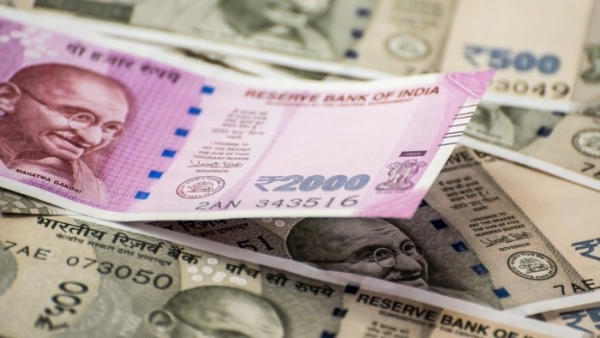NB Explains | Why Oxfam's latest report is hard to believe?
Oxfam published a report based on inadequate research and void of valid data sources.
Total Views |
According to a new Oxfam study "Survival of the Richest: The India Story," released on Monday, the richest one percent of Indians now hold more than 40% of the country's wealth, while the bottom half of the population collectively holds only 3%. It also claimed that "inequalities are growing in India."


One of the prime reasons why it is hard to believe is that it is released by Oxfam published a report based on inadequate research and void of valid data sources. As reported earlier, Oxfam India has been under the radar of the Ministry of Home Affairs as it has ceased the FCRA license of the so-called trust for violations. It has been involved in promoting enmity by funding anti-Delhi riots.
Contrary to what Oxfam thinks, poor in India are doing much better than expected. Oxfam report seems to make a demon out of capitalism (it has many flaws but suggestions made by Oxfam report is equally outrageous) & makes a poor attempt to prove that capitalism has failed. (6/n) pic.twitter.com/LqLlnnMBQn
— Rishi Bagree (@rishibagree) January 16, 2023
Apart from this, Oxfam has cleverly supported anti-CAA protests & published documents and literature about it under the garb of gender equality. Its report titled "The resistance strikes back" is still available on its website. The role of Oxfam operating in India has been doubtful on account of their unregulated activities and funding from the individuals or institutions that are better known for their agenda against the developing nations.
Also Read: Oxfam India, accused of funding Anti-Delhi riots, loses its FCRA license for massive violation
On global platforms, Oxfam is also known for interfering in political matters & energy security through well planned and executed protests. Recently, it protested outside the European Parliament under hashtag #FoodNotFuel and amplified it through various media vehicles. Oxfam’s fingerprints are also evident in some of the anti-development campaigns through social media and physical protests in the name of climate change.
Speaking about the numbers claimed in its reports also seems to be uncertain. A hasty analysis of Oxfam's report reveals clever wordplay and accounting shenanigans that will make a goldman banker blush. Let us examine claim mathematically. It says that the bottom 50% of Indians pay 6.7% of their income as GST. It is being reported that this translates to 64.3% of all GST revenue. Something OXFAM also highlights as indicative inference.
The average monthly GST revenue in FY22 was 1,23,585 crores. If the above claim is true, it means that 64.3% of 1,23,585 cr = 79, 465 crores is equal to 6.7% of the total monthly income of the bottom 50% of Indians.
It seems likely that there will be a hullabaloo over OXFAM’s reported claim that bottom 50% of IND pay 64.3% of GST. A cursory analysis of OXFAM's (atrociously researched) reported reveals clever wordplay and accounting shenanigans that will make a Goldman banker blush. 1/n
— Diva Jain (@DivaJain2) January 17, 2023
Assuming there are 70 crore Indians in the bottom 50% (total population of 140 cr), this implies a monthly income of 79, 465/6.7%/70= Rs 16, 943 per month per Indian in the bottom 50% or an annual income of Rs 2,03,322 per Indian in the bottom 50%.
This is absurd.
Indian GDP/capita at current prices is Rs 1,72,913. If the above claim of the bottom 50% of Indians contributing 64.3% of GST was true, it would imply that the bottom 50% of Indians have annual income higher than the per capita GDP/GNP of IND. This is mathematically impossible.
Herein lies the trickery and wordplay that OXFAM has used to imply this sensationalist inference. OXFAM does not say that this is true for all GST revenue. Only that this is true for GST revenue contributed by the goods that it studied.
But instead of clearly specifying this and the goods that it has studied, it buries the details in a footnote at the end of the report. It does not even reveal the source from where it got the contribution of individual goods to GST revenue, something central to its analysis.
While there is no harm in questioning the level of GST slabs, misrepresenting data and fanning sensationalism by using clever wordplay discredits the organization and its capabilities.
The article is based on two Twitter Thread - Rishi Bagree and Diva Jain

